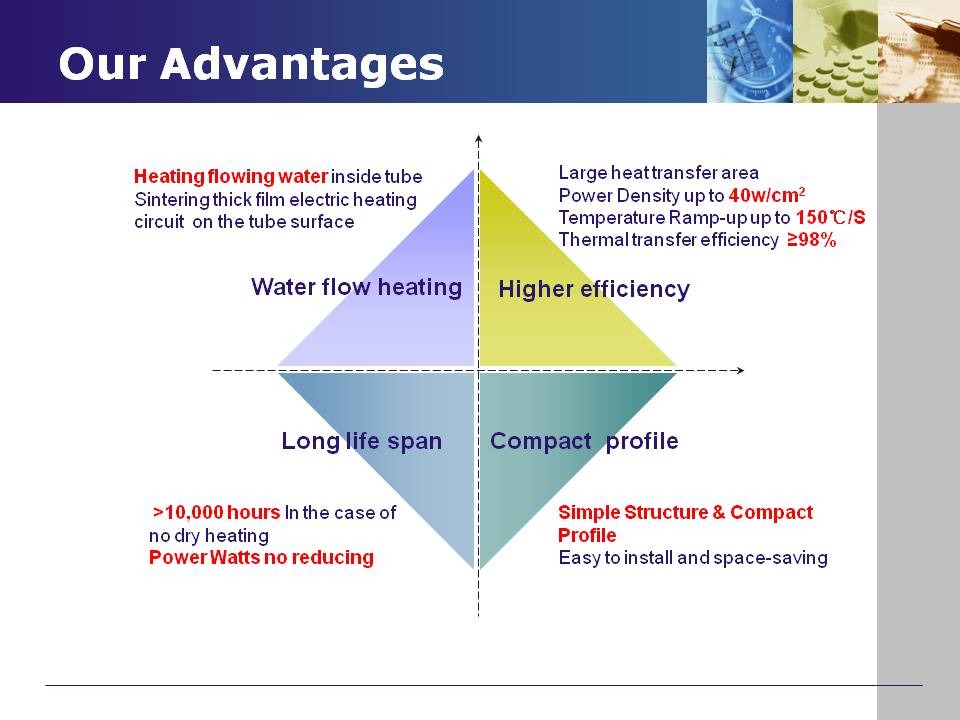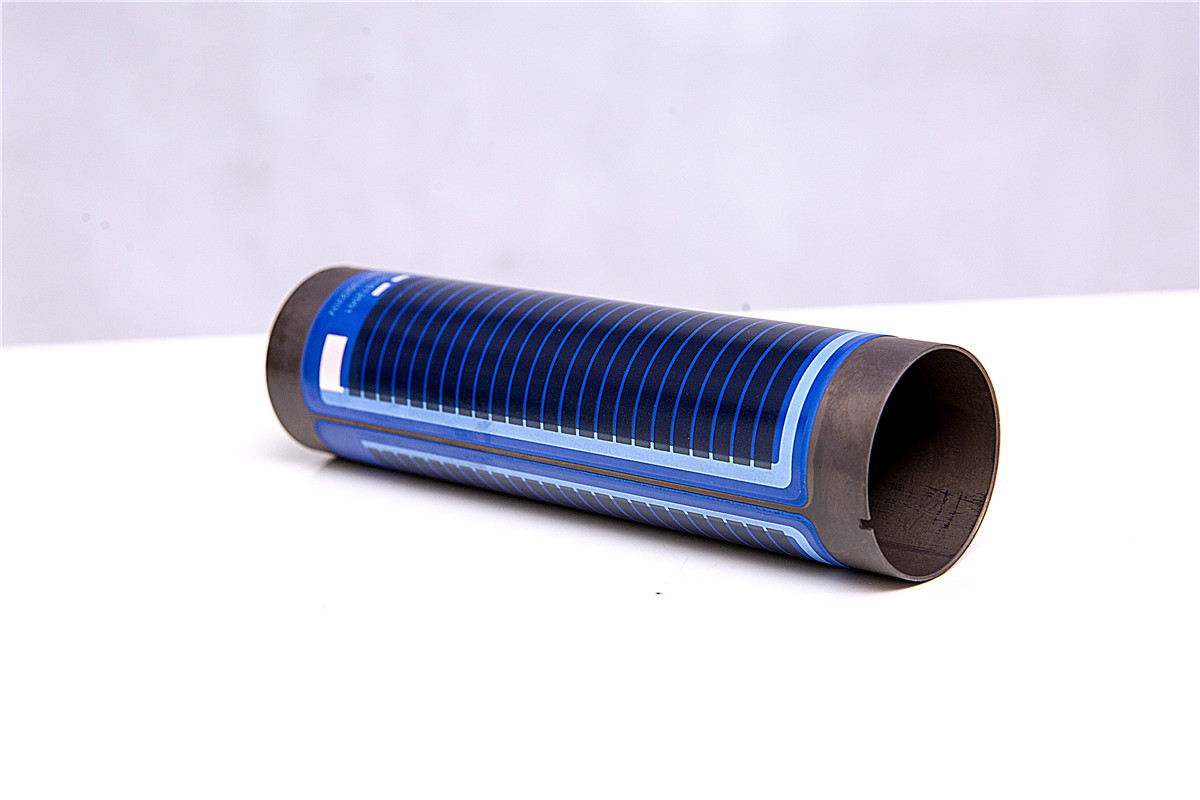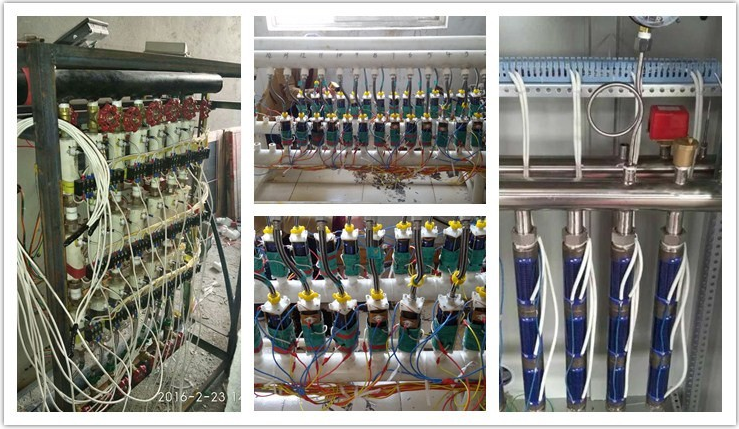The mineral raw materials of strontium are mainly sulfide minerals, and the most common industrial mineral is stibnite. The characteristics of the antimony ore are that, regardless of the vein or layer ore, there are large areas of enriched mineral sacs and scattered ore belts. The former contains from about 40% to more than 65%, which is in the form of large blocks with a color similar to gray-blue. China is commonly known as "green sand". The grade of niobium containing bismuth is from a few thousandth to about 20%, and the strontium sulfide is dendritic crystal interspersed in the parent rock, commonly known as “flower sandâ€.
The sand containing less than 10% of strontium should be enriched by beneficiation . The most common type is flotation, which can obtain about 50% of flotation concentrate.
The upper part of the barium sulfide deposit is often completely or partially weathered into oxidized ore, such as vermiculite and strontium ore. When sulphide ore and oxidized ore are symbiotic, they are called sulphide-oxidation mixed bismuth ore The oxidized ore is enriched by bubbling with a boiling furnace or a sintering machine.
Native gold and antimony often symbiotic gold antimony, mercury sulfide and antimony symbiotic thimerosal, and a copper sulfide, lead sulfide or antimony symbiotic hybrid composite, referred jamesonite or tetrahedrite. All of these complex antimony ore have certain industrial significance, especially the brittle bismuth ore mine is currently in the same position in China as the stibnite mine.
Copper, tin-lead concentrate and minor amounts of antimony in antimony host metal smelting process dust enters the byproduct, anode mud is recovered.
The raw materials of the secondary crucible are mainly waste lead battery cement and various hard lead scraps. In industrialized countries, the circulation of secondary cesium often accounts for 30% to 50% of the total consumption of cockroaches.
The rare-earth metal thick film heating technology is one of today's most innovation and forward-looking solution for electric heating field.The thick film heating tubes/elements are produced by screen-printing dielectrics (5 layers), resistance (palladium-silver), conductor (silver) and isolation glazes on the substrate and sintered 7-9 times at temperature over 900℃.

With 4KW Thick Film Heating Tube simple tubular structure, it can heat water flow inside the tube. Electric Circuit printed on tube surface, to heat the water flow inside. For applications where space is limited, this simple profile heater offers high thermal power density and fast response times to heat up or cool down (due to low thermal mass)

JIEDA company can supply products according to customers' drawings and offer our clients reasonable prices. Our company also can develop heating solutions and products together with customers.
Those new types Thick Film Heater Tubes are special designed for Through-Flow applications, such as instant water heaters, instant water flow heater under sink, conmmercial vendor and industrial water flow heater.

4000W Thick Film Heating Tubes,Infrared Shop Heater ,Infared Tube Heater ,Natural Gas Radiant Tube Heaters
XINXIANG JIEDA PRECISION ELECTRONICS CO.,LTD , https://www.gidaheater.com